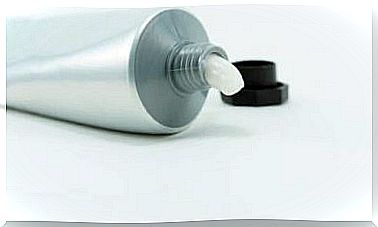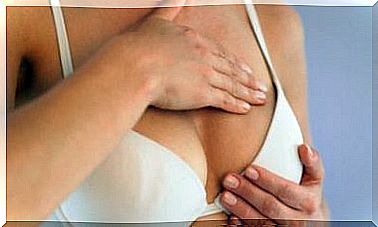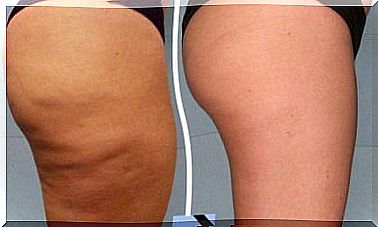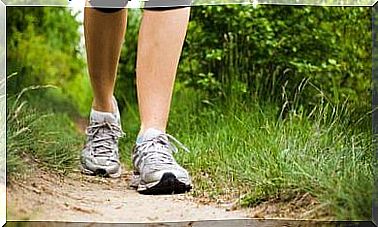What Is A Deep Tissue Massage And What Are Its Benefits?
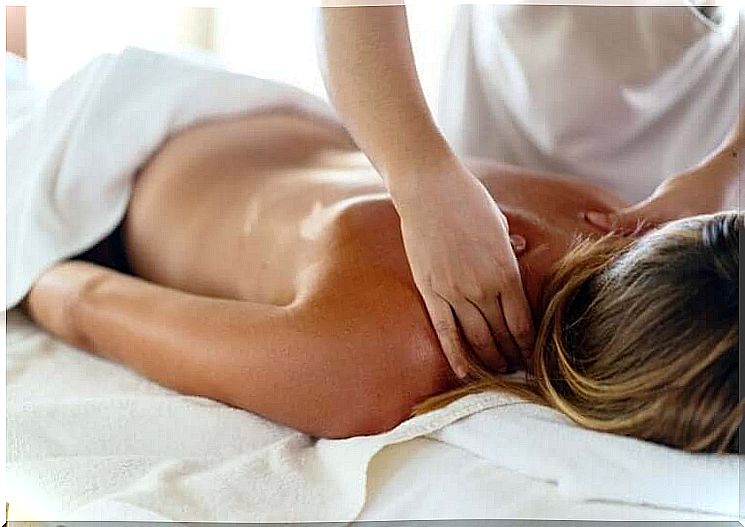
Massages are techniques for manipulating the superficial and deep layers of muscles. From this premise, several methods were created with satisfactory results. Among them, deep tissue massage is gaining more and more popularity.
It involves a series of therapeutic movements aimed at reaching and relaxing both the deepest surface of the muscle and the fascia. But what is fascia? It is a connective tissue system that involves every organ in the body.
So what are the benefits of this massage? In which cases is it recommended? What are the contraindications? Next, we will resolve all these issues. Learn to release muscle tension!
Benefits and Uses of Deep Tissue Massage
The benefits and uses of deep tissue massage are related. As stated in a study published in the Western Journal of Medicine , its main applications are associated with relaxation, relief from muscle disorders and reduction of anxiety. Are there other effects? We will detail the subject below.
pain relief
Overloads are reduced with the aforementioned massage, as it promotes the elimination of knots that appear in the muscles and connective tissue. This results in pain relief, at least temporarily. It is recommended as an adjunct to joint discomfort and all kinds of chronic muscle diseases.
relaxation and well-being
Good muscle health leads to a mental state of maximum relaxation. In this sense, deep tissue massage is beneficial, as it stimulates the release of neurotransmitters that promote well-being .
In particular, it helps to increase the release of dopamine, serotonin and endorphins. Therefore, it can be used as a relaxation method against stress and anxiety.
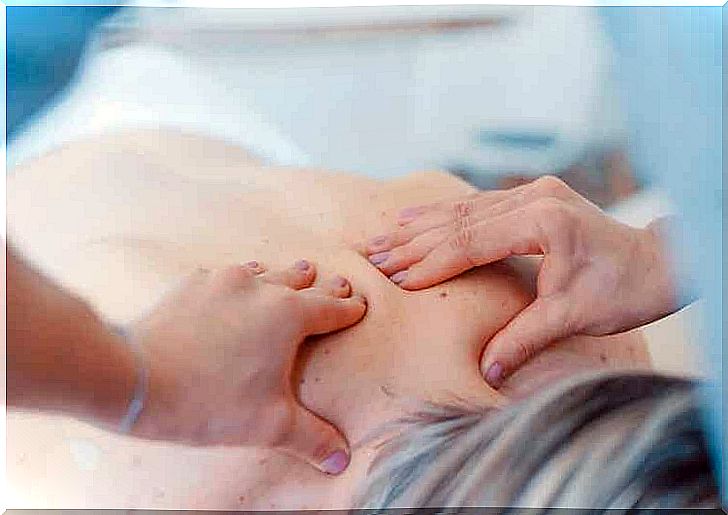
sports performance
The range of motion of muscles in training routines will be increased by the absence of accumulated tension. Consequently, the chances of burning calories and toning your muscles increase.
Research published in the North American Journal of Sports Physical Therapy suggests that massage helps prepare athletes for competition as it improves their performance. It also helps in the recovery process after exercise and reduces the risk of injury.
sleep quality
Rest is the basis for good performance the next day, regardless of the activity performed. In this sense, deep tissue massage can serve as a complement to promote deep and restorative sleep. This is because it reduces pain and inflammation in specific areas. It also increases serotonin secretion.
Injury Relief
According to a publication in the Journal of Athletic Training , massage has the potential to alleviate the inflammatory process and reduce the pain of muscle injuries. Specifically, deep tissue massage contributes to the treatment of the following injuries:
- Tennis Elbow.
- Muscle contractures.
- Backache.
- Back pain.
- Neck pain.
How is deep tissue massage performed?
The first step before deep tissue massage is to identify the exact areas where the problem originates. Once this is done, the specialist will ask the person to lie down on their stomach or face up, depending on the area to be treated.
It all starts with a sequence of warm-up muscles with light touches. After the adaptation phase, a slow massage begins (with thumbs, knuckles, elbows and forearms) with intense pressure – with some variability – to reach the desired depth.
The average duration of the massage varies between 60 and 90 minutes, which depends on the level of accumulated tensions and their location. Finally, it is important to note that the pressure felt is high, even higher than in a Swedish massage. However, the sensation has a lot to do with the person’s degree of sensitivity.
Can it cause pain?
A deep tissue massage performed with the perfect technique should not cause pain. However, the pressure that must be exerted to untie the knots can be uncomfortable for some individuals.
The fact is, there is a possibility that some discomfort will appear the next day. However, it does not reach the pain level, and the reduction of problems in the treated muscles is almost immediate.

Contraindications and recommendations
As for contraindications, deep tissue massage should be avoided by people with blood clots or those with a tendency to form. In addition, osteoporosis sufferers must first consult a physician to determine the feasibility of a massage with these characteristics.
Likewise, it is recommended to avoid the deep tissue method in areas with the following conditions:
- Bruises.
- Infections.
- Skin rashes.
- Tumors.
- Abdominal hernia.
Recommendations on Deep Tissue Massage
In order for deep tissue massage to provide the benefits discussed, some recommendations should be put into practice. They include the following:
- Adequate hydration. Before the massage, it is necessary to drink plenty of water so that the muscle tissue is in perfect condition to be treated and respond in the best way to stimuli.
- Ongoing planning of the massage. Having a massage session every 2 weeks will keep your muscles in top condition and will also prevent knots.
- Book a rest period. After the deep tissue movements are applied, it is best to wait 12 hours before training again. Thus, the benefits will be enjoyed without interruptions or harmful relapses.
Final Thoughts on Deep Tissue Massage
Deep tissue massage is not suitable for pregnant women, but a specialist doctor may suggest some adaptations depending on the case. Also, people who have had recent surgeries or chemotherapy procedures need the doctor’s approval.
If the massage causes pain during or after its performance, the procedure to be followed is to notify the professional of the type of discomfort, to readjust or suspend the practice if necessary.
